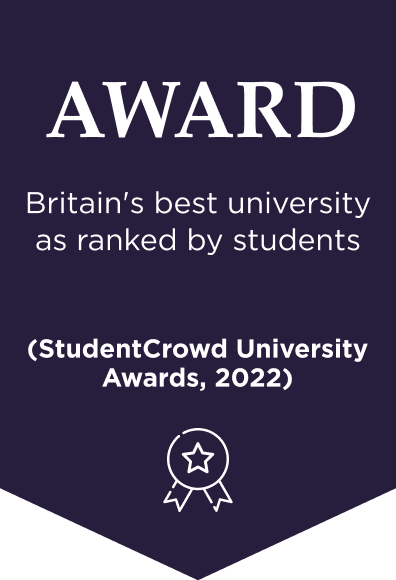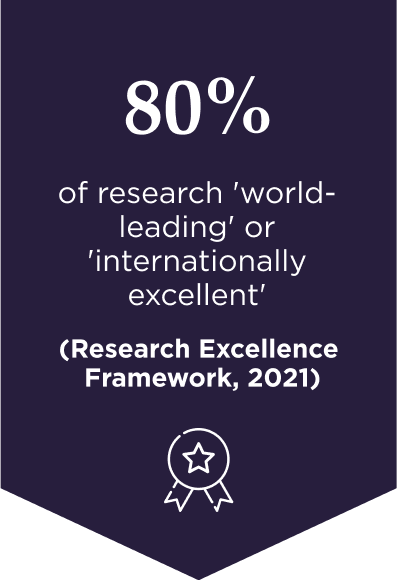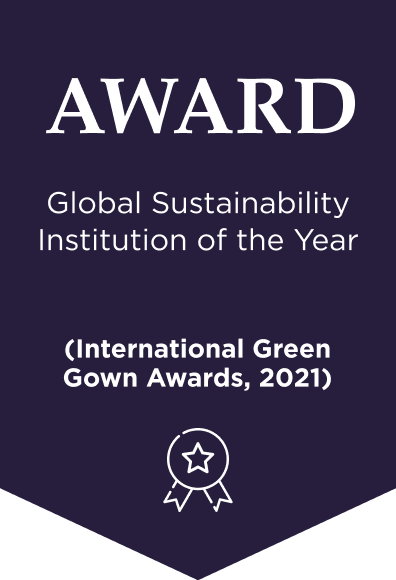How creativity, innovation, and quality serve business
Posted on: February 14, 2022
Creative problem-solving is key in every sector. However, unbound creativity can be problematic when implementing systems and processes as part of management practices that maintain quality. Quality aims for high and sustainable performance in existing business areas, while innovation is more about breakthrough. Innovation is when something totally new is created or an original idea is built upon and bettered. In business, innovation tends to be driven by goals such as increasing profit or creating customer satisfaction.
Creativity can exist without innovation but innovation cannot exist without creativity. So how do businesses allow for creativity that gives them the competitive advantage without losing resources like time and money – and ultimately quality? And conversely, how do businesses remain creative when following quality management processes? Innovation strategies that combine both creativity and standardisation can lead the way.
What is innovation management?
Innovation management encompasses the management of any kind of innovation in a business. It could be process innovation to help streamline the supply chain and make systems more cost or time efficient. It could be technological innovation in the platforms used by employees, or it could be innovation in new product or service design. Innovation also has the knock-on effect of boosting employee morale and potentially improving productivity.
The recent trials in a four-day work week have shown improvements in productivity and could be considered an innovation that redesigns how a business works. By cutting out interruptions such as unnecessary meetings, employees manage to get their work done in a shorter time. To add to this, there’s more time for socialising and communicating across teams. This is often when the cross-pollination of ideas and innovation occurs. Creating more time that doesn’t involve constant work for employees may feel counterintuitive but for some industries it works.
Whichever route a business takes, the innovation process needs to be clearly outlined in an innovation strategy. This is sometimes part of innovation performance management. Because innovation deals with a degree of uncertainty, performance indicators for such ventures should focus on affordable loss before returns are made. Meanwhile, the established and successful revenue streams of a business can maintain the focus on turnover and profit.
What is the role of quality in innovation?
Quality management is about ensuring that a business has stakeholders’ best interests in mind when designing processes or creating new products, for example. Because both innovation and creativity demand change, quality systems seek to control the rate of change so that it is manageable for all stakeholders, meets customers’ expectations, and complies with regulations. Quality systems standardise procedure and help us establish the metrics of success for our business objectives but they can become too rigid. Innovation and creativity at their best serve to improve quality, so there is a happy interdependence that can exist between all three.
An article entitled “The relationship between innovation and total quality management and the innovation effects on organizational performance” published in the International Journal of Quality and Reliability Management explored the relationship between innovation and quality. The findings indicate that companies that adopt strategies of process innovation achieve both operational and financial performance improvements, while product innovation only drives improvements in financial performance. Although the latter may seem desirable, the former supports long-term gains and the longevity of a business.
- Edwards Deming was a management leader who recognised that businesses destroy more value than they create when they focus on short-term results and performance rankings. Towards the end of his life, he wrote in a letter, “Management by objectives, quotas, incentive pay, business plans, put together separately, division by division, cause further loss, unknown and unknowable.” It’s a view that was ahead of its time and is becoming more relevant to business today in an increasingly unpredictable world.
Who was Deming?
William Edwards Deming is often cited as the forefather of quality management systems. He was a statistician, management consultant, and humanist who believed that the individual was internally motivated to do good and meaningful work. Deming is most well-known for supporting Japan’s economic recovery in the wake of the Second World War. Quality control is a given in manufacturing today, but after the war, benchmarking was controlled by management who were more concerned with quantity. Quality inspection processes with input from the factory floor were deemed wasteful when the opposite was true.
A combination of techniques devised by Deming became known as Total Quality Management (TQM). TQM comprises quality planning, quality assurance, quality control and quality improvement. By the end of the 1960s, Japan became one of the most efficient exporters of high-quality products in the world.
Deming’s 14 points for management are still relevant today. They feel less like a “How To” and more like a philosophical pledge:
- Create and communicate to all employees a statement of the aims and purposes of the company.
- Adapt to the new philosophy of the day; industries and economics are always changing.
- Build quality into a product from the start.
- End the practice of awarding business on the basis of price tag alone; instead, minimise total cost and move towards a long-term relationship based on established loyalty and trust.
- Work to constantly improve quality and productivity and reduce waste.
- Institute training and retraining.
- Teach and institute leadership. The aim of supervision should be to lead and help people to do a better job.
- Drive out fear; create trust so that everyone can work effectively.
- Strive to reduce intradepartmental conflicts. Encourage teamwork between research, design, sales, and production to foresee and solve problems of production.
- Eliminate slogans and exhortations for the workforce; instead, focus on the system and morale.
- Eliminate work standard quotas for production. Alternatively, learn the capabilities of processes and how to improve them.
- Remove barriers to pride of workmanship.
- Educate with self-improvement programs for both management and the workforce.
- Include everyone in the company to accomplish the transformation.
The methodology that Deming promotes is one of cooperation and continual improvement, both of the organisation and of the individuals that work for it.
Innovate your management style with an MBA
The times we live in offer exciting challenges to be creative and to innovate how we work to increase efficiency and satisfaction for all involved. Whether it’s initiatives in telehealthcare that make people feel safer despite being treated remotely or the way that Netflix disrupted the TV and movie sector with streaming, there are always opportunities to improve and build on what’s come before.
An online MBA from Keele University can enable you to become a leader in quality innovation and take your career to the next level. Study part-time around your current commitments, and apply what you learn to your current role.



